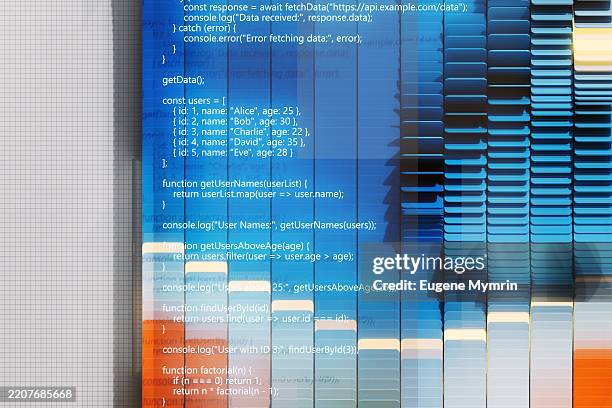Revolutionizing React State Management with Zustand and RTKQ
React state management can be complex. Traditional solutions like Redux can introduce unnecessary boilerplate. This blog post explores a more streamlined approach using Zustand for local state and RTKQ (Redux Toolkit Query) for fetching and caching asynchronous data. This combination offers a powerful yet lightweight solution for managing state in your React applications.
Concept: Zustand and RTKQ Synergy
Zustand is a small, fast, and scalable state management solution. Its simplicity makes it ideal for managing local application state. RTKQ, built on top of Redux Toolkit, simplifies fetching, caching, and updating asynchronous data. By combining them, we leverage Zustand's ease of use for UI-related state and RTKQ's power for API interactions. This avoids over-engineering with complex solutions for simpler applications while still providing robust data management for more complex ones. Zustand handles the quick, local changes, while RTKQ manages the more involved process of fetching and updating data from external APIs.

Code Example: Fetching and Displaying Data
Let's build a simple example fetching a list of posts from an API. We'll use RTKQ for fetching and Zustand to manage UI state like loading indicators and error messages.
Tips and Best Practices
• **Keep Zustand local:** Use Zustand for UI state and small pieces of data that don't require persistence or complex logic. • **Leverage RTKQ caching:** RTKQ's caching mechanism significantly improves performance by avoiding redundant API calls. Configure caching strategies appropriately. • **Error handling:** Implement robust error handling in both Zustand and RTKQ to gracefully manage API failures and provide informative feedback to the user. • **Data transformation:** Use RTKQ's `transformResponse` option to pre-process data before it reaches your components. • **Type safety:** Utilize TypeScript to enhance code maintainability and reduce errors.

Conclusion
Zustand and RTKQ offer a powerful combination for managing state in React applications. Their combined strengths provide a lightweight yet effective solution, minimizing boilerplate while maximizing performance and maintainability. By carefully considering their respective strengths and adhering to best practices, developers can create highly efficient and scalable React applications.
Comments
Post a Comment